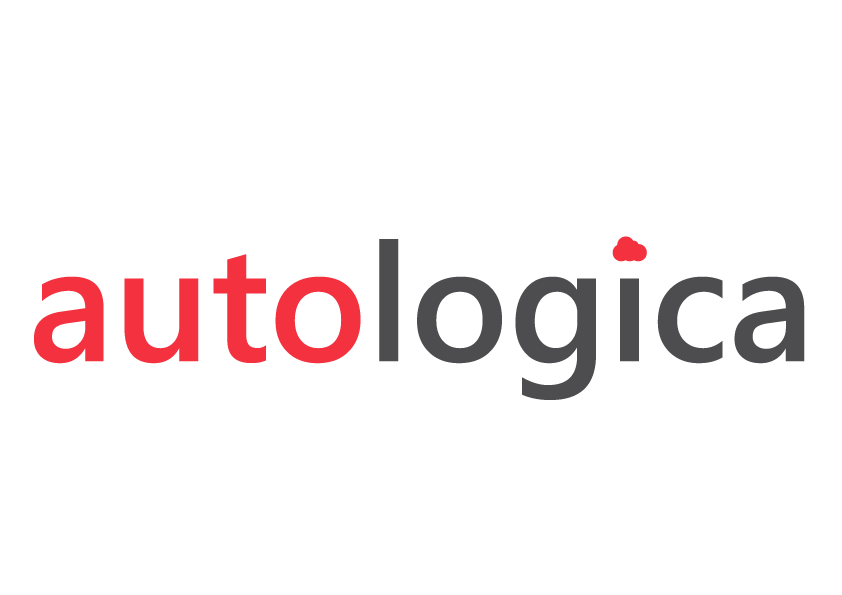Let’s start this article with the following question: What are the current goals of the dealership’s sales team?
The objective of selling is, of course, always present. However, it is necessary to recognize that sales management at the dealership has become more complicated over the years.
Some factors that have influenced this change are:
- Changes in customer habits
- Improved communications technology
- Increased competition
- OEM demands have become more complex
- Changes in sales processes and technologies
All of these circumstances make it necessary for the dealership to update their sales processes and methods to adapt to market demands, in order to at least maintain their customer base and in the best of cases, increase it.
The market is changing strongly: according to recent data, 57% of customers in North America contemplate the possibility of purchasing a vehicle through the OEM website*. Although in Latin America the percentage is lower, OEMs have already begun to change their sales process and some now offer direct sales lines.
Therefore, dealerships need to takes stances: they must (1) make long-term decisions that allow them to adapt to this new panorama; and (2) in the meantime, take advantage of 100% of the opportunities generated during this transition period.
Choosing the right CRM is a key step that will help you adapt to both scenarios. The right CRM must have features and tools that understand and help you address the new paradigm:
Lead generation channels have changed: Your CRM should automatically receive queries from the platforms most used by potential customers: Facebook, websites, Whatsapp, e-commerce platforms, email campaigns, events organized by OEM, etc., and turn them into prospects in the CRM. In other words, your CRM must act as a centralizer for managing sales, monitoring marketing campaign performance, and tracking the entire sales process.
Customers keep changing buying habits: People have less time and less interest in drawn out sales processes; many sales steps are solved online (vehicle videos, user reviews, etc.). The CRM must be flexible enough to adapt to these new sales processes, but above all must be simple and intuitive to use.
Goals have expanded: The main objective of the dealership, traditionally, was to sell a vehicle to a customer who would then eventually (and hopefully) bring it in for service. This has changed; it is now more important to focus on the aftersales sales potential of each unit sold, understanding this as a strategic and permanent commercial relationship with the customer. The customer buys a vehicle, maintains a constant relationship with the dealership through the purchase of services and parts, buys a new vehicle and the cycle starts again.
Modern CRMs address this by adding Service Marketing functions; e.g. the system generates automatic contact reminders with customers based on the mileage and use of their vehicles. Not addressing this has two drawbacks: you are leaving money on the table, and you are letting your customers go to the competition.
The right CRM is one of the most important decisions you will make for your dealership. An apt choice will help you try to take advantage of 100% of your opportunities.
* Source: https://www.capgemini.com







